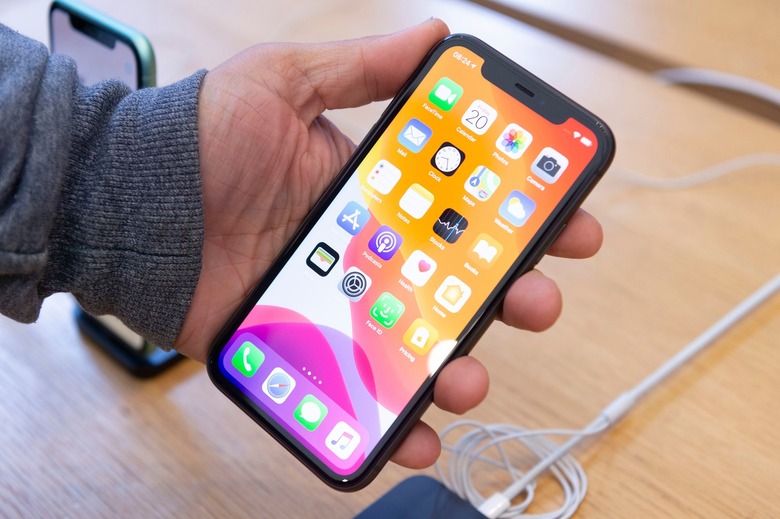Top Apple Insider Debunks The Worst iPhone 12 Rumor We've Heard So Far
Earlier this month, analyst Mehdi Hossein issued a research note claiming that supply issues might force Apple to stagger the release of its iPhone 12 lineup into two phases. The first phase, according to the report, would see Apple release sub-6GHz iPhone 5G models in September of this year. The second phase, meanwhile, would see Apple launch 5G iPhones with faster mmWave support in early 2021.
If you were worried that you would have to wait until 2021 to take advantage of Apple's fastest 5G iPhone 12 models, well, you can now rest easy. A new investor note from analyst Ming-Chi Kuo — who has an unrivaled track record with respect to Apple rumors — relays that Apple's iPhone 5G rollout will be a unified affair and will encompass both sub-6GHz and mmWave models later this year.
MacRumors, which saw a copy of Kuo's note, reports:
Kuo said iPhone models with mmWave would be available in five markets, including the United States, Canada, Japan, Korea, and the United Kingdom, adding that Apple may disable 5G functionality in countries that do not offer 5G service or have a shallow 5G penetration rate to reduce production costs.
All in all, this encouraging news for both consumers and Apple. From a business perspective, delaying the release of faster iPhone 5G models until 2021 would certainly have an adverse impact on Apple's holiday quarter.
All that said, it remains to be seen how useful mmWave 5G technology proves to be in real-world usage. While mmWave technology undeniably provides much faster data speeds, mmWave waves can't travel far and are easily blocked by walls and other objects.
Touching on this issue, T-Mobile CTO Neville Ray explained as much in a widely circulated blog post he penned last year:
Some of this is physics – millimeter wave (mmWave) spectrum has great potential in terms of speed and capacity, but it doesn't travel far from the cell site and doesn't penetrate materials at all. It will never materially scale beyond small pockets of 5G hotspots in dense urban environments.
It also remains to be seen how expansive 5G coverage is by the time Apple releases its iPhone 12 models. Current 5G coverage is anything but truly expansive, but carriers are certainly working hard to build out 5G support week in and week out. At this point, paying a premium for a 5G smartphone arguably isn't worth it. Apple, though, is betting on the fact that that will change by the time September rolls around.
As for other iPhone 12 rumors we've seen, there are rumblings that all iPhone 12 models will include OLED displays. As it stands now, the entry-level iPhone 11 still employs an OLED display, which is to say that the entry-level iPhone 12 will see a nice spec upgrade.
The biggest change to the iPhone 12, aside from 5G support, is a reported new redesign. While details are still a bit hazy, some preliminary rumors have relayed that the iPhone 12 will boast a form factor reminiscent of the iPhone 4 to the extent that it will have flat metal edges.
iPhone sales have been somewhat stagnant over the past few years, but perhaps the allure of 5G support and a long-overdue redesign will help usher in the monster iPhone upgrade cycle Apple has been trying to pull off for a few years now.
